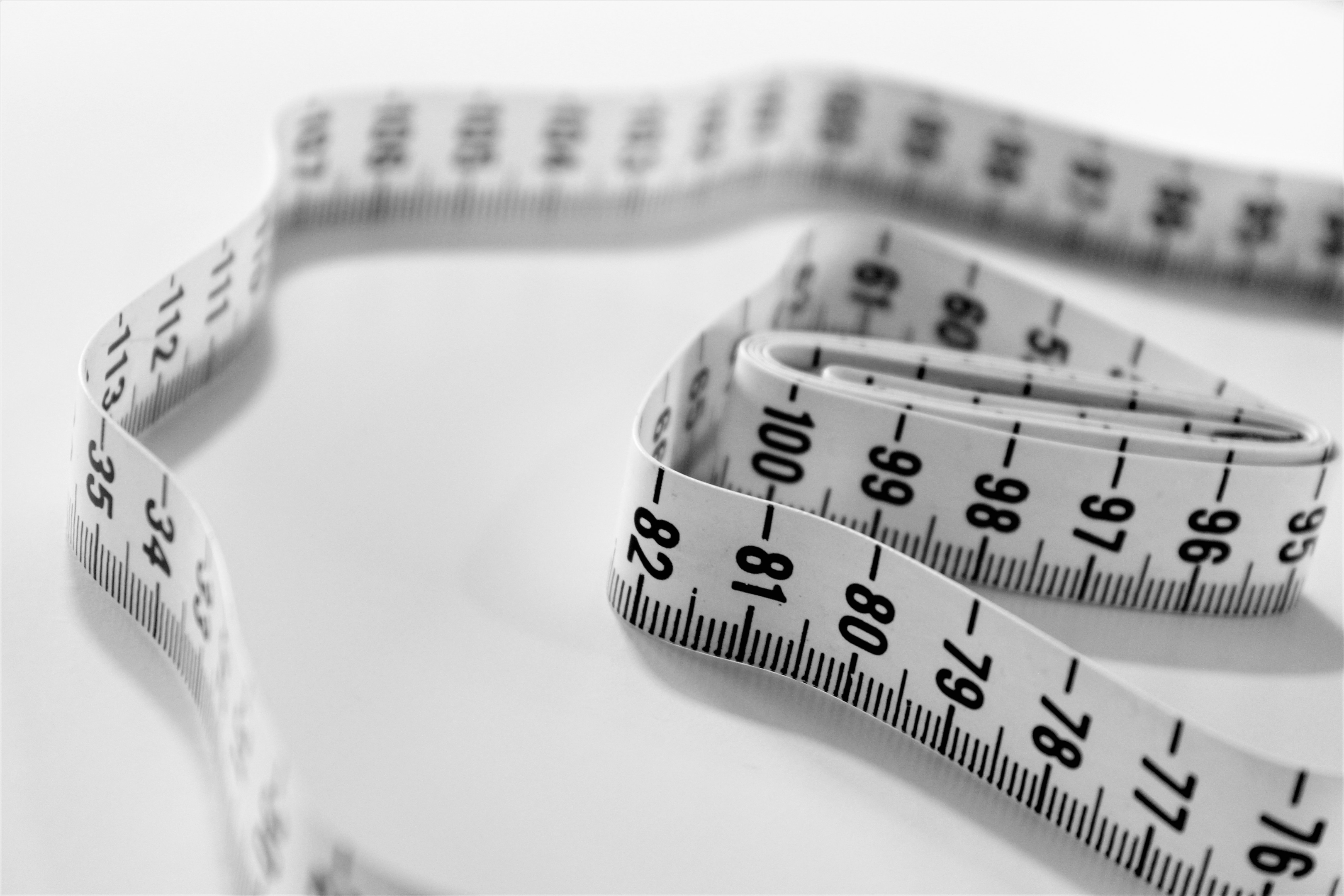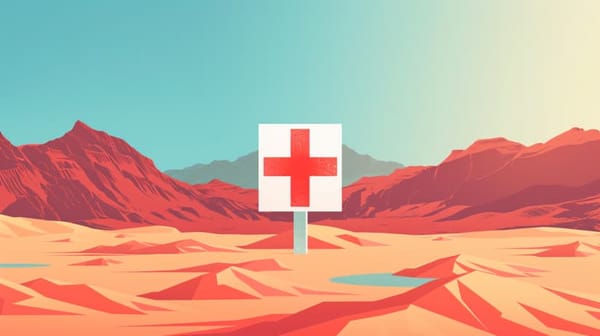What is dry fasting? Many people have tried various fasting techniques with one major goal in mind – to lose weight. Although slightly more challenging, dry fasting is unlike any other fasting method, providing several health benefits to the body.
But is dry fasting safe? In this article, we’ll explore the many benefits of dry fasting, how it compares to other fasting methods, and some things to consider before starting your dry fasting program.
What Is Dry Fasting?
You may be asking yourself, “what is dry fasting”? Dry fasting is a fasting technique that eliminates food and water from your diet for a set period. It means you can’t have food or water or even come into contact with water for the duration of the fast.
A dry fast allows the body’s immune system to “reset,” in a sense. Without the added stress of digestion, the immune system only has to focus on taking care of healing or helping parts of the body that need it. It’s like giving the body a healthy timeout until it behaves properly!
Without food and water, certain body systems start regulating themselves to more normal levels. Blood sugar levels, blood pressure levels, inflammation, and weight are controlled, resulting in effective weight loss, more energy, and better overall health.
The restrictive calorie intake and absence of water with dry fasting forces the body to pull energy from internal systems instead of food. The body begins to burn fat from all those stubborn areas people try to get to, like arms, neck, face, and stomach.

Who Should Not Dry Fast?
There are many contraindications for dry fasting. The most basic ones are similar to most other fasting diets. Dry fasting is not ideal for the elderly, women who are pregnant or breastfeeding, and individuals with a history of an eating disorder. Additionally, you should check with a doctor first if you have a medical condition.
Now when it comes to extended dry fasting, which is specifically done for its healing effects, its important to remember that if you have a severe disease affecting organs that filter your body, then you should not dry fast. If you have blood or heart diseases then you should not dry fast. In these type of scenarios you should water fast instead if it is absolutely necessary, and make sure to discuss with a medical professional.
You can read more about contraindication in dangers about dry fasting:

The Difference Between Dry Fasting and Water Fasting
People fast for a few different reasons. The main reason someone would fast is to lose weight – either for short-term weight loss to fit into your bathing suit or long-term weight loss as part of a plan for a more active and healthy lifestyle. Others might do it for religious reasons, like those who fast during Ramadan.
Most people who have tried fasting do water fasting, which is consuming liquids, but no solid foods for a short time. In short, with water fasting, you can drink water, tea, or juice or consume broth-style soups at any time of the day.
The most significant difference between someone who does a dry fast and a water fast is that the cleansing process with a dry fast is more intense. The body undergoes such an extreme calorie-restrictive situation that it speeds up autophagy (the breakdown of materials in the body).
The body metabolizes everything unnecessary for survival, starting with toxins and fat cells. This increased metabolism causes water to be drawn rapidly from a fat cell, balancing out cholesterol, reducing inflammation, and creating a slimmer and trimmer body.
How to Prepare for a Dry Fast
Preparing for a dry fast can have many approaches. There is a multitude of protocols out there. For preparing for a one-day dry fast, or even shorter, you can look at the keto diet and intermittent fasting protocols. But if you are planning to go into deeper healing and perform extended dry fasting then you need to prepare yourself more thoroughly.
The Wolfe protocol creates a very powerful and meticulous preparation protocol for dry fasting. This ensures that you can go many days, safely and methodically. There are two preparatory protocols. One is a speed run version that includes juicing 3 days before the dry fast to make sure you clean out your digestive system, liver, and kidneys. This requires easily digestible food and no meat. If you need to gradually reintroduce fiber because of being on a carnivore-based diet for a long time, then you can use the Carnivore to Keto dry fasting preparation guide.
Read more about the Wolfe Protocols here:


Different Dry Fasting Methods and How Long Should You Dry Fast?
You can choose from three dry fasting methods for your specific weight loss and health goals. It is important to note that each method comes with its own challenges, and some may feel more difficult, especially for beginners.
Intermittent Fasting
Intermittent fasting means that you should avoid eating or drinking for short periods. Most who do intermittent dry fasting will do so for about 12-16 hours a day or one full day a week.
Many who do intermittent fasting for 24 hours follow the 16 to 8-hour rule, which means you can eat meals during the day in an 8-hour eating window. For the remaining 16 hours, you should stay away from any food or drink. Intermittent fasting is more popular among beginners since it is much easier to manage.
To take intermittent fasting up a notch, some follow a 20 to 4-hour rule. Also called the “Warrior Diet,” this method allows a person to eat or consume liquids during a 4-hour eating window while fasting for the remaining 20 hours.
Some people also prefer alternate-day fasting, which means that the person fasts for one day, eats the next day, and keeps repeating this pattern throughout the week. Others choose to fast for three days out of one month.

Prolonged Fasting
Are you looking for an even more challenging way to dry fast? Try the prolonged method. With this method, most will fast for 48 hours straight without anything to eat. We recommend you try this only after you have practiced intermittent fasting.
Since ketosis occurs roughly 12-16 hours into a fast, most people will choose this type of dry fasting so they can accelerate their weight loss and see their beach body quicker.
However, never use any type of fasting beyond 72 hours since a person requires water to function correctly. We also recommend that you don’t do strenuous exercise during any fast.
Absolute Dry Fasting
The last dry fasting method on our list is also the least popular. In addition to not being allowed to eat or drink, you are not even allowed to touch water. In other words, you can’t take a shower, wash your hands, brush your teeth, wash dishes, or clean during the fast.
Research shows that your skin can absorb water. By avoiding showering or washing hands, you also avoid consuming water through absorption.
Many prefer to skip absolute dry fasting because they aren’t able to do activities that involve water.
Hard Dry Fasting vs. Soft Dry fasting
As you begin your dry fasting regime, you’ll hear two distinct ways to dry fast – soft dry fast and hard dry fast. Although the two methods are similar, there is one significant difference in the process; whether you touch water or not.
Read this post which is dedicated to hard vs soft dry fasting:

Soft Dry Fasting
Soft fasting means using water to brush your teeth, shower, wash the dishes, or go for a swim and applying water to the skin to cool down and feel refreshed. With this type of fast, you don’t avoid water altogether.
Hard Dry Fasting
A hard, dry fast means that you avoid water altogether. With this method, there is no brushing teeth, no showering, no swimming, and no singing in the rain! It might mean you’ll have to plan your schedule around this style of fasting carefully.
How to break your dry fast
There are many protocols for dry fasting, and some work better than others for different people. The Wolfe protocols are divided into two: one is for omnivores, which means you eat from the full food pyramid, and one for carnivores, who specifically only eat animal-based food.
Break a dry fast properly with nutrient-dense, unprocessed, low-glycemic, and easy-to-digest foods. That's the key, but there are better and worse options out there. For example, a lot of people advocate to break it with electrolytes and then include baking soda as well. Both of these recommendations are wrong. In extreme kidney pain cases, it makes sense to include baking soda to quickly stop the process of acidification and counterbalance the ketoacid salts. But normally, you want your body to naturally taper off and gradually come back online.

Electrolytes are a different game altogether. Sodium should not be consumed for the first few days, seeing as sodium levels get preserved very well through the angiotensin and aldosterone mechanisms. Magnesium and Potassium should be replenished slowly.
Check out the dry fasting protocols here:


- Dr Filinov 11 day: Dr Filinov is one of the modern pioneers of dry fasting, having dry fasted for over 30 years. Filinov has also continuously offered healing retreats for people to join him in Russia, and most recently in Montenegro, to heal their various illnesses. Filinov has coined an 11 day dry fast as the ultimate healing tool, however he advises against anyone going longer than 5 days by themselves without any medical supervision. To view his work on dry fasting, check out his translations here.
- Pheonix protocol 7 day: August Dunning former NASA consultant, wrote a book about dry fasting and coined the term the Pheonix protocol for his 7-day dry fasts. He claims that doing a 7-day dry fast twice a year is an optimal way to keep your body running well and able to live longer. To view his writings and steps to the phoenix protocol, check out his book here.
The Short-Term and Long-Term Benefits of Dry Fasting
Dry fasting can do more than help a person lose weight and improve immune function. Here are some of the more common health benefits you’ll get from a dry fast:
#1. Weight Loss
It only makes sense that if you cut out food for a few days or change your diet, you’re bound to lose a bit of weight. Consuming fewer calories means the body has to burn fat for energy. Food is fuel. So without it, the body will pull the desired nutrients from fat cells, damaged and abnormal cells, and any toxins present in the body.
#2. Improved Brain Function
Your body releases the human growth hormone (HGH) during a fast. This hormone adjusts metabolism in the body to burn fat instead of protein.
Since protein is left alone during this process, it can work through the body to help repair and regenerate muscles, and cells, especially brain-cell functions like memory, clarity, and awareness.
#3. Healthy Skin
Your skin naturally produces a substance called “sebum,” an oil that locks moisture and keeps it from escaping. Fasting reduces the amount of sebum or stops it altogether, allowing the skin to breathe and get a nice healthy glow.

#4. Stronger Bones
Dry fasting and better bones? Yes, stopping eating during a fast can help reduce aging degenerative issues in your bones, preventing rheumatoid arthritis, osteoporosis, and lower back pain. Plus, the less you eat, the less weight and stress you put on your skeletal system.
#5. Reduced Inflammation
Inflammation can cause serious problems in the body, affecting things like the circulatory system. Research suggests that people who fasted during Ramadan reduced inflammatory issues in the body.
Although the main focus of fasting during Ramadan is spiritual, the reduced inflammation from the study is a good indicator that healing is occurring and certain systems can start to function normally.
Spiritual Benefits of Dry Fasting
In addition to giving your immune system a healthy boost, dry fasting may also contribute to your spiritual well-being. You’ll find that with a clearer body comes a clearer mind.
Many who fast feel more aware and are more grateful – not just because they’ve dropped a few pounds. Even if you don’t practice religious faith, you’ll enjoy your newfound outlook on life after your fast.
How Long Can You Safely Dry fast?
We’ve all heard of drinking water throughout the day – and drinking enough so you won’t feel dehydrated. If we reduce our water intake, will it harm our health? The answer is yes, and no.
In general, a time-restricted dry fast is relatively safe. However, research shows some guidelines to follow for a healthy and safe fasting time.
If you dry fast below 72 hours, the human body can balance water all on its own and will pull necessary fluids from various organs to keep the body hydrated. The flip side is that one should never do any dry fasting beyond 72 hours since dehydration can set in and it can be extremely dangerous.
This study revealed that a calorie-restrictive diet could be safe over three to five days. Therefore, a three-day dry fast is considered relatively safe. Another study found a five-day dry fast to be relatively safe.
You can also read more about the stages of dry fasting here:

Side Effects of Dry Fasting
Fasting will always have side effects as your body adjusts to skipping meals. Several common side effects like headaches and hunger will happen during a fast. Although headaches can sometimes be annoying and hunger can make you feel like you’re walking in mud, you can still function throughout your day.
A few possible side effects:
- Dry mouth
- Increased thirst
- Hunger pangs
- Low energy
- Headaches
- Inability to focus
- Mood swings
- Increased urination (but this is followed by decreased urination since you’re not drinking water until the end of the fast)
Let’s look at some more common side effects and list some things to look out for before those side effects lead to more severe health problems. It is essential to check with your doctor if any of these side effects persist or become a risk to your health.
Dehydration
The most common side effect of fasting is dehydration. Drinking enough water before or after your fast or during your eating times is the best way to stay hydrated. Not drinking enough water during those times could create side effects like kidney stones, severe exhaustion, lack of energy, muscle cramps, dry mouth, and mental fog.
Constipation
Going for an extended period of time without eating any food could cause constipation. Once you feel comfortable with fasting, your body will adjust to the lack of food, and this side effect should disappear. Once the fasting is over, try to eat low-carb foods that are rich in fiber to help you keep your system clean and on track.
Dry Fasting and Kidney Disease
Anyone with kidney problems should avoid dry fasting as it can stress the kidneys and cause all sorts of problems, from urinary tract infections to kidney stones. Sticking to a water fast instead is best.
Dry Fasting and Heart Disease
Fasting can help lower blood pressure and strengthen blood vessels. However, reducing your daily water intake to zero for extended periods could create some problems for your heart.
Dehydration can cause extremely low blood pressure, which means your heart has to work overtime to pump blood. The added stress to the heart can be dangerous, especially if you do any cardio or extraneous physical activities. So avoid jumping jacks and pushups while fasting!
Brain Swelling
As you introduce fluids back into your system after a dry fast, your body may try to pull too much water too quickly back into your cells. Any cells in the body can rupture during this process, and brain cells can also be affected and create brain swelling, which could lead to a severe health risk.
Final Thoughts
This article highlighted how dry fasting could help shed pounds and keep your systems running clean. But with any new health regime, starting a fast slowly is essential and will make it easier to adjust to the feelings of hunger and dehydration as you go.
Remember that you need to drink water before and after fasting. Your body needs water, so you can’t cut out liquids forever. If you experience discomfort during your fast or are uncertain if fasting is a good idea for you, talk to your doctor first.






